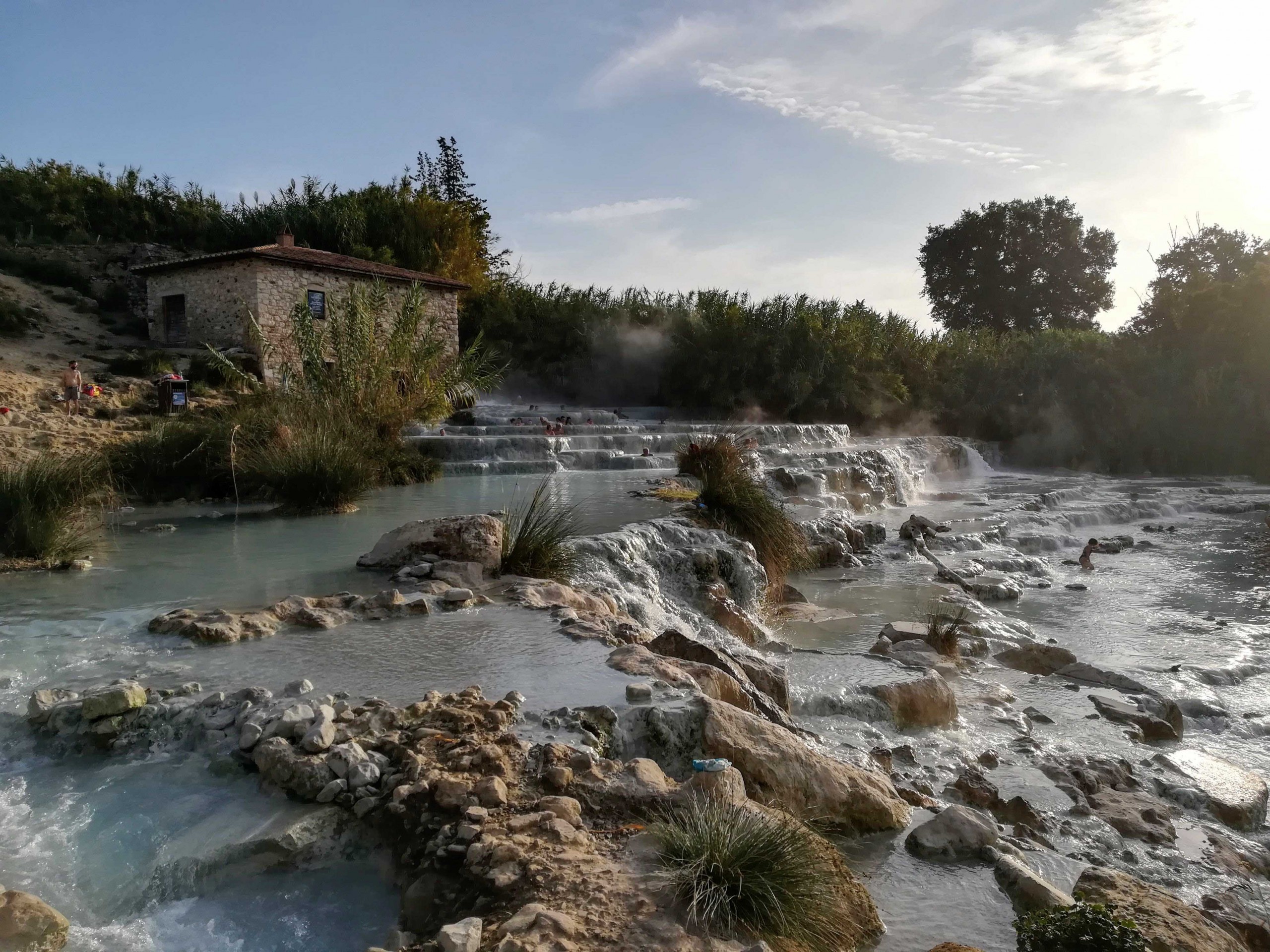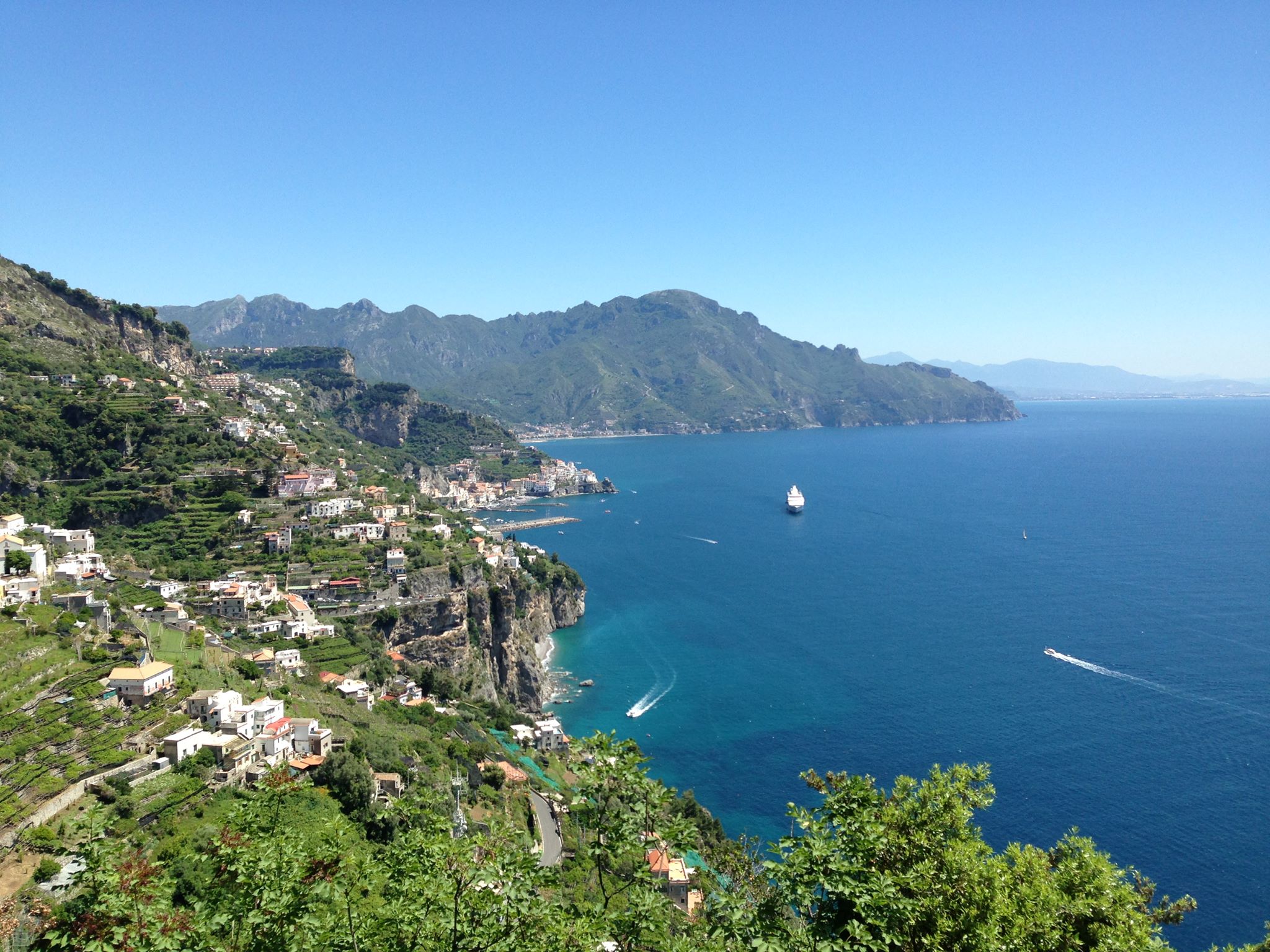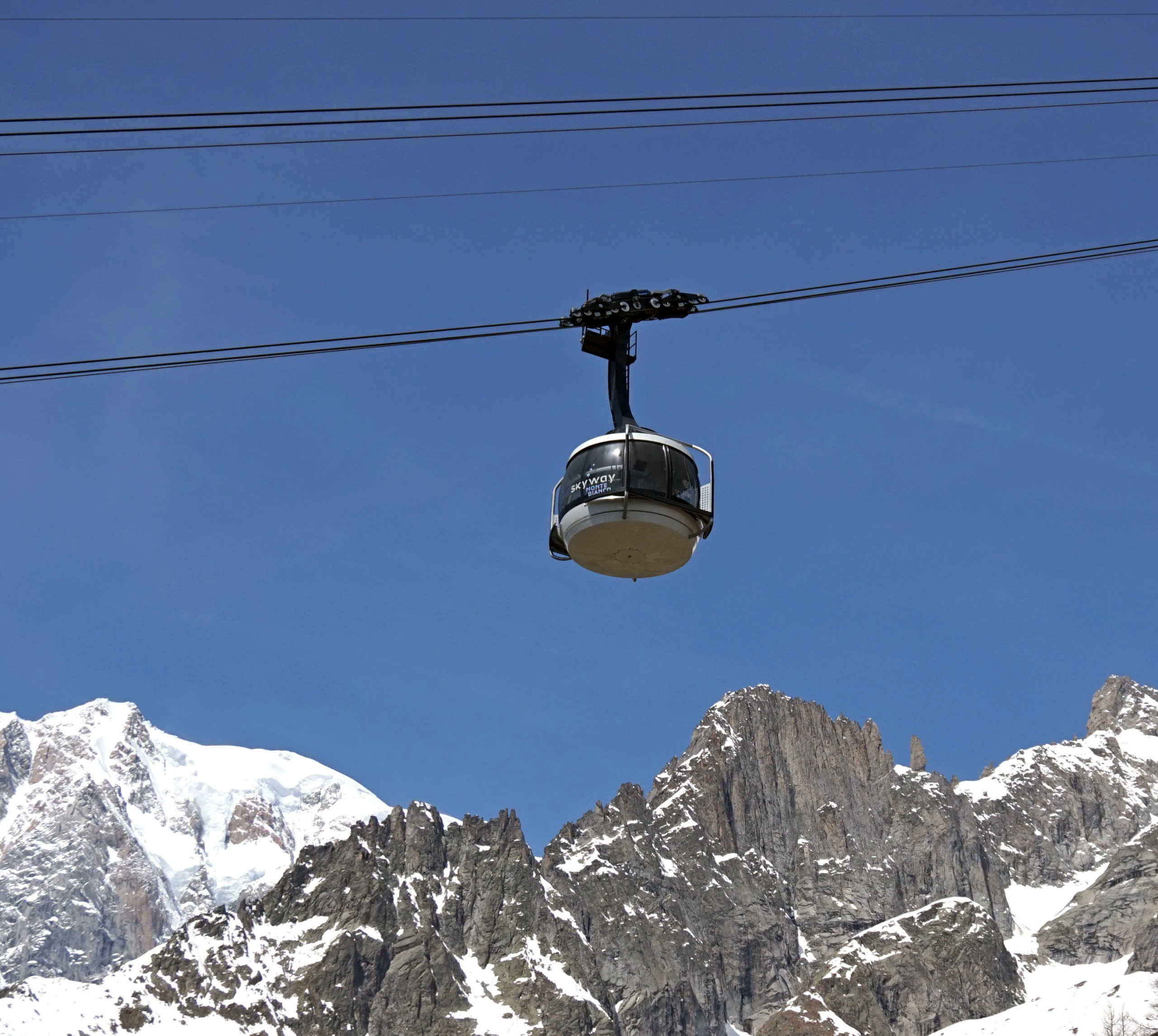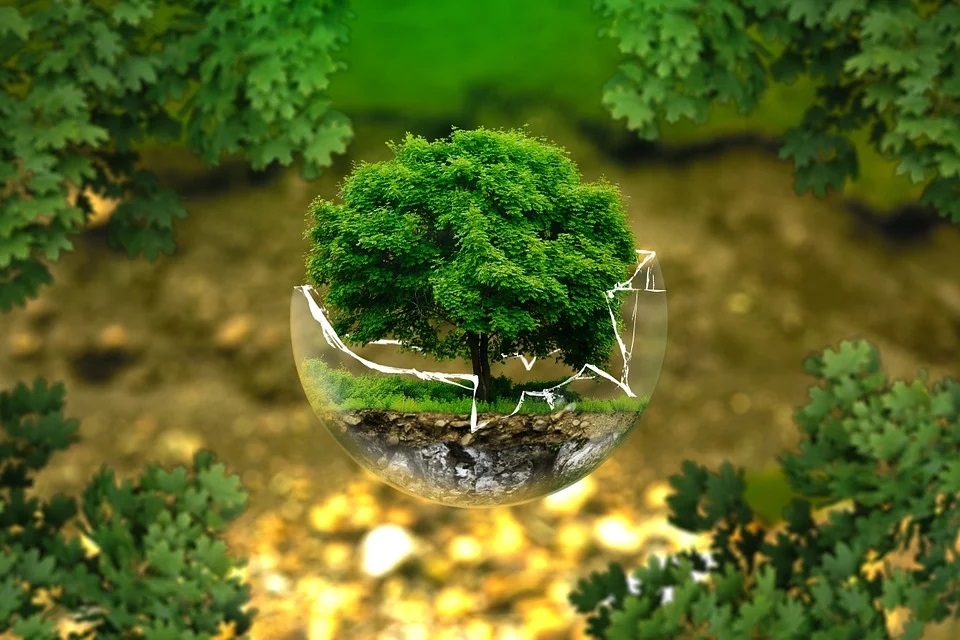It is said that the first confetti were produced in this city and that they are so famous that they were chosen for the Royal wedding of the royals of England. Another Italian excellence enclosed in a location in the heart of Abruzzo. The city of Sulmona is located near the Majella national park. Here there are the seat of Sulmona Vulva and headquarter of the province of L’Aquila. A place rich in history and traditions to be discovered.
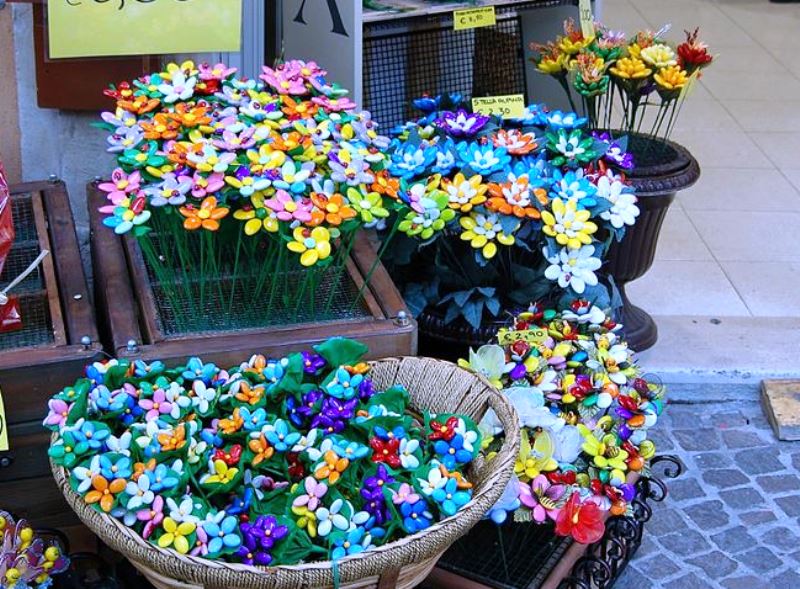
The production of confetti in Sulmona
In Sulmona there is the oldest confetti factory. It seems that already in the fifteenth century, in the monastery of Santa Chiara, the nuns practiced this art. And over time many companies have been created and among them the Pelino Factory. This sector has specialized giving life to different specialties. The best are those containing almonds, produced in the Peligna valley and in Abruzzo, but also those from Sicily, such as the almonds of Pizzuta di Avola and Ragusa.
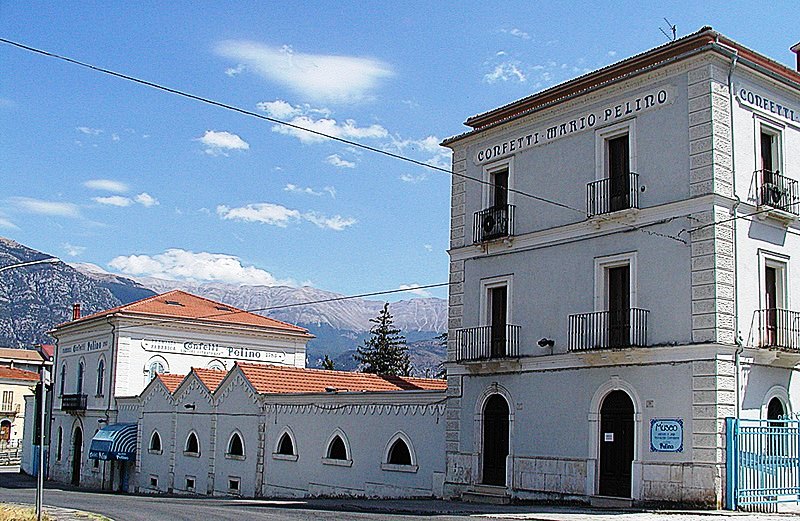
Confetti from Sulmona have received an important recognition: the Ministry of Agricultural, Food and Forestry Policies has included it in the list of traditional Italian agri-food products, recognizing it with the P.A.T. There are also many variations of taste, from chocolate to caramel, from apple to orange. The purity of the sugar used differes the confetti of Sulmona from the other ones manufactured in other areas. This sugar has no low-cost thickeners, such as flour or starch. Today you can visit the Pelino museum built in the ancient factory.
Not only confetti: the gastronomy of the city
Porridges and soups prepared with local vegetables and legumes, but also sausages, salami and ham: these are the typical dishes of the area. But also the red garlic from Sulmona, with a high content of essential oils. And then chocolate nougats enriched with toasted hazelnuts and enclosed in two wafer sheets, up to the “scarponni” and chickpeas stuffed for Christmas. Easter fiadoni or pizzelle prepared with egg dough, flour, sugar and cooked with the appropriate iron. It is therefore worth visiting, to savor the excellence of gastronomy, discover the production of the famous sugared almonds and admire its works of art.
Sulmona, the homeland of the Latin poet Ovid
Churches, palaces, alleys, squares: Sulmona is a city rich in history. A center of art and culture: in 43 BC the Latin poet Publius Ovid Nasone was born there, who immortalized his origins in the famous verse “Sulmo mihi patria est”, whose initials since the Middle Ages appear on the city coat of arms. There are many archaeological evidences: those of the Italic oppidum, one of the largest fortified settlements in Central Italy. The aqueduct that delimits Piazza Garibaldi, where the re-enactment of the Giostra Cavalleresca takes place in the summer, dates back to the thirteenth century. And then the Cathedral of San Panfilo, one of the oldest churches with a suggestive early medieval crypt. The complex of the Santissima Annunziata which documents four centuries of Sulmonese art, a wonderful synthesis of Gothic, Renaissance and Baroque.
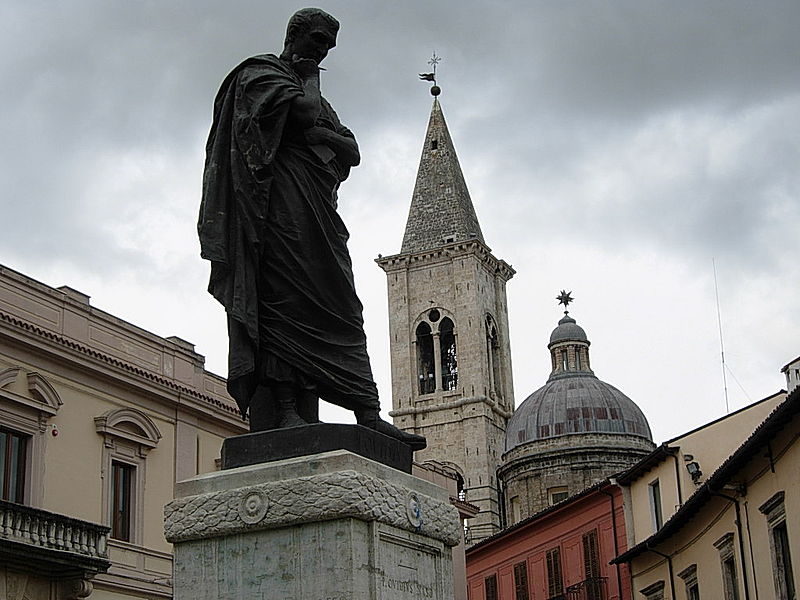
And yet Piazza XX Settembre with the bronze statue of Ovid. The Fontana del Vecchio, one of the most important Renaissance testimonies. You can then visit the diocesan civic museum complex of Santa Chiara, and its municipal art gallery of modern and contemporary art. The Church of San Francesco della Scarpa, with a late Gothic facade and a Baroque interior. The complex of the bell tower and the monumental side portal is of great scenographic effect. And then Porta Napoli, a splendid example of 14th century civil architecture.


